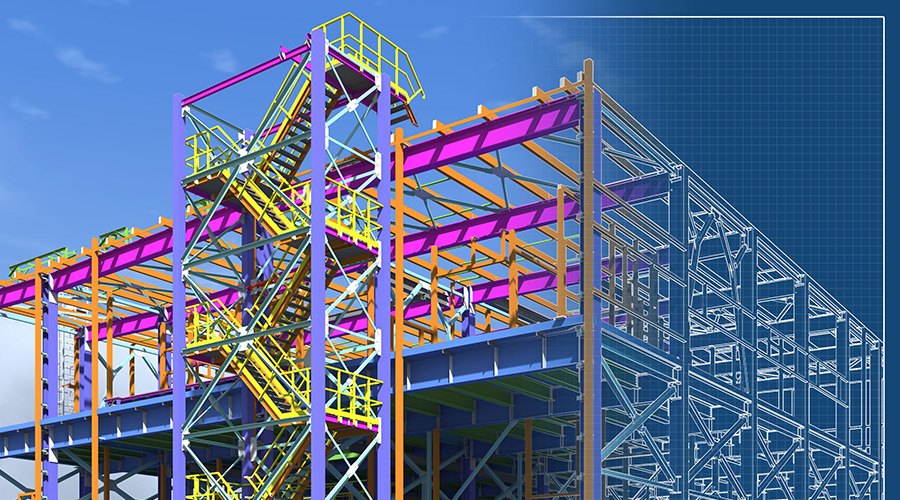Over the last 15 years, the architecture, engineering and construction (AEC) industry has adopted modern technology, advancing many of the ways that buildings are designed and constructed.
Building Information Modeling (BIM) is continually developing the everyday process for designers and builders. But where do the owners stand? How do we extract the data from these workflows to execute a more efficient facility and building operation?
In this presentation — which can earn continuing education credits — Jacob D'Albora, FMP, LEED AP, Associate Vice President and BIM-FM Managing Director for McVeigh & Mangum Engineering, Inc., walks through the reasons why standardizing this information could streamline facility operations, allowing the data to resolve issues and develop the future projects. With the correct standards in place, owners can utilize the information handed to them.
Here’s a preview:
What I wanted to do was start with BIM FM and what is it because I’m sure there are quite a few people that have been hearing about it or heard different versions of it, but don’t really understand the concept. And really, the idea is to our best definition here: building information modeling is the holistic process creating management managing information for a built asset. The big key word there is information and really I use data because it’s pretty raw and we can turn it into information.
But there is a lot of value and it’s a process that is right now used by design and construction professionals to build buildings to do renovations. It will end up providing such a value to facility management at the end of these projects that you can build this out. So this is the concept that I was kind of talking about here.
BIM is considered a 3d database so you have that virtual environment but the elements within the environment actually have parameters data to it. So you’re actually providing more than just a spatial recognition. So what happens during design and construction is these 3d databases are built and they continue to grow. They kind of evolve. They change. And then it kind of gets combined to a handover process. What you really want to see is this idea of that database being handed over and then getting put into the operations of the building.
It’s just a matter of what is it supposed to look like, where is it supposed to go. There’s a lot of education that needs to be had, but there’s also very few simple steps that can really get us going.
So I will work on those simple steps through this presentation and then just kind of take off at the end that shows you how it can essentially grow into such a powerful tool.
This is kind of the idea of what’s now being called the digital twin so what we consider BIM FM, we consider that a process. The process is putting all the data together, you know handing it over, implementing into the facility management process; where the digital twin is that product is that handover piece. We kind of call it that because if you go around in anybody in the aeco industry and you ask them what a digital twin is, for 20 people you ask I believe you’re going to get 20 different answers. So it’s very common to kind of go back and forth but there are groups out there like the digital twin consortium that is really defining this and helping the whole industry move forward with it.
Right now what you saw before was more of like, “hey this is a spatial model, represents the piping systems, represents you know everything in a 3d environment.” What this is more or less becoming now is that 2d data that gets entered into it. So within these programs, within the BIM model, these elements are smart enough to know that it is a carrier chiller. It is the condenser water supply line. So this information which starts becoming incredibly valuable in facility management is now provided within a database instead of just the role drawings or the handover specs. This information is actually usable and it’s not just usable as, “hey here’s a 3d model. Here it is you can look at it look if you click on that.” It knows it’s a chilled water return now. It’s usable as it can translate the database that has in it to your facility management databases.
So we’re talking about all the other products that you use to run a building and actually supplying the information correctly right out of construction, which also gives you the ability to start having a foundation set so all your operational software platforms have the same nomenclature, have the same workflow, when you continue combining them. All the idea of BIM FM is great. It’s my lifestyle, but still, the concept is really hard to understand. People think that it’s a huge endeavor and it’s a really big problem that you know is hard to tackle and why are we going to go down that road.
What I’m going to do is kind of walk through a different way so what we do is think about it as an asset. If you have an asset and you’re managing that asset BIM FM helps you manage it. In this case we’re going to consider yourself the asset. So we’re going to compare this whole process to as if you were the person that was being made or the the item that is being matched or being invested in.





